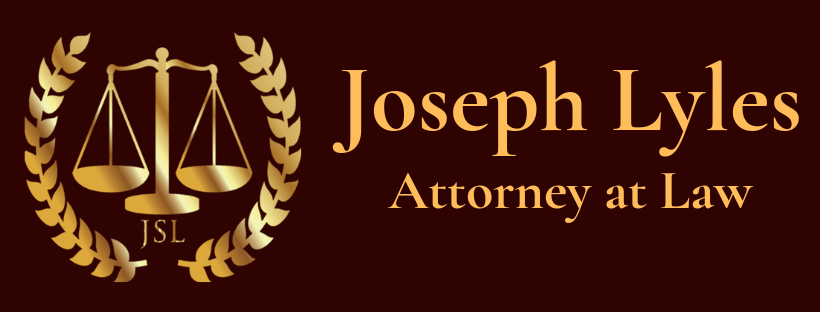Lesson 35: What is a Closing?
From the Real Estate section of How You Can Avoid Legal Land Mines by Joseph S. Lyles (2003).
A closing is simply a meeting of the buyer and seller of real estate at which the agreed-upon deal is concluded. Also present at this meeting will be one or more attorneys and/or paralegals*. Often the real estate agents and mortgage brokers, if any, are likewise present. Sometimes bankers or other agents of the lender will make an appearance at a closing, particularly a closing of commercial property.
During this meeting the documents necessary to complete the transfer of property and money are signed. The number of documents necessary to close a typical residential real estate sale in which a loan is involved is staggering. However, the basic, key documents are the title (also called a deed); mortgage; note; HUD settlement statement; tax forms like a W-9; title insurance binder and the certified check for payment. Many of the documents are lengthy and difficult to understand. Your basic assumption should be that the documents which are prepared or which have language dictated by the lender are worded in an effort to protect the lender’s rights, not yours. Some of the documents are required by consumer-protection laws and are designed to inform you of such details as the overall cost of the loan and the interest rate being charged.
There are variations on this theme. Some closings do not involve the actual exchange of any funds and they are called dry closings. Some closings simply involve refinancing with no actual buyer and seller, and they are called loan closings. Some closing do not involve a lender and they are called cash closings. No matter which type of closing you are going to be sure to check with the attorney handling the closing for the exact amount of certified funds you must bring to the closing, if any. By prior arrangement or at closing, written proof that the property is covered by homeowner’s insurance and has passed a termite inspection must be provided.
Arguably, the most important document in a closing is the settlement statement, called a “HUD”. This two-sided form sets forth the costs being charged to the seller(s) and buyer(s). Basically, the total amount of money coming into the closing should equal the amount of money going out. However, any charges that are paid prior to the closing will be listed as “POC” or paid outside closing.
You should also insist on receiving a copy of the disbursement sheet which shows exactly what checks are being written to whom by the attorney or escrow agent. Whether you are the seller or the buyer you will want to ensure that all existing mortgages on the property are paid off and that eventually the original mortgage is marked as “paid” and returned to the seller (that process is called satisfaction of the mortgage). While the payment should be sent to the holder of the mortgage immediately ** (to stop the accrual of interest) the actual satisfaction of the mortgage will take several weeks to be completed, but it is important to ensure that it gets done. Certainly, the original mortgage should be satisfied within six months, at the outside.
You do not necessarily have to be present at the closing at the exact same time the other party is there. Often you can come early and sign the documents and then obtain your copies later. However, in most cases it is best to try to attend the closing at the same time as the other party. A husband or wife can sign the documents for the other if a proper power of attorney is executed in advance.
The Lesson: A closing is simply a meeting at which a real estate transaction is finalized, but you should pay close attention to the documents which you sign there to ensure that the deal that is closed is the deal that you intended to make.
*Some states, like South Carolina, do not permit paralegals to conduct closings in the absence of an attorney. Other states allow non-lawyers to conduct real estate closings without the presence or supervision of an attorney.
** In the case of a refinance the law provides a three-day grace period in which you can change your mind any back out. Thus, the payment is not sent to the mortgage holder until after that three-day rescission period has run.
